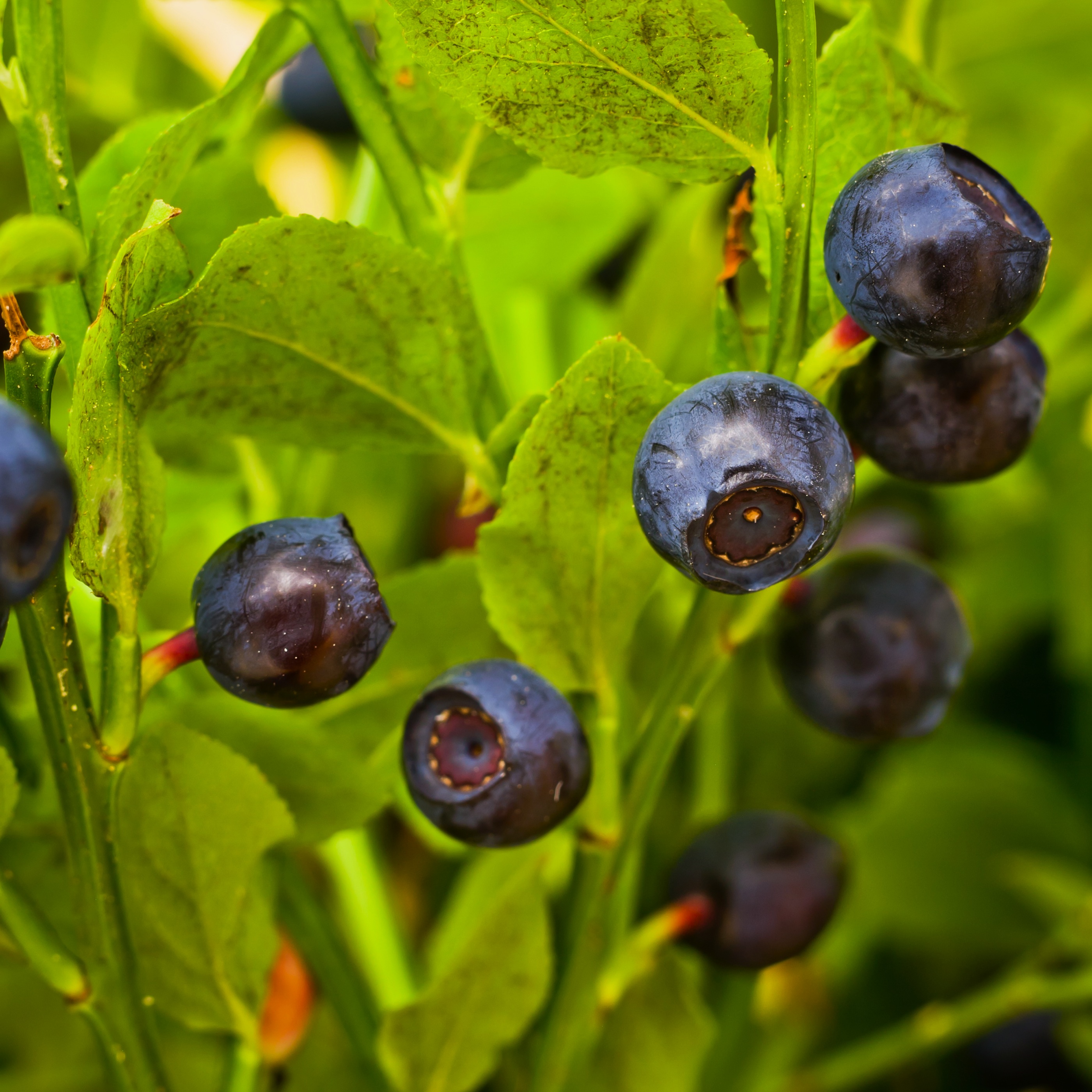OSU research shows best techniques for organic blueberries
Planting in raised beds, using a weed mat mulch and finding a fertilizer compatible with the cultivar can help organic blueberry growers compete head-to-head with their conventional counterparts, according to a 10-year Oregon State University study.
The results of the research indicate that a few key best practices may allow organic growers to eek out the same yields from their blueberry farms as conventional growers, said Bernadine Strik, OSU’s extension berry crops specialist, in a news release from the university today.
Strik based her findings on her work with the university’s one-acre certified organic blueberry patch, planted with industry stalwart varieties Duke and Liberty in 2006, at the North Willamette Research and Extension Center in Aurora.
Her three key tips:
* Plant in raised beds, something most blueberry growers — conventional and organic — now do. Liberty blueberries in raised beds showed a yield improvement of 22 percent over flat ground.
* Use a black porous weed mat to control weeds. That allowed for a 6 percent increase in cumulative yield in her trials.
* Consider fertilizing with feather meal or fish solubles, which boosted yields by 10 percent overall. Duke produced higher yields with feather meal than fish solubles, while Liberty seemed to do well with either product regardless of rate.
The study was funded by the Oregon Blueberry Commission and the National Institute of Food and Agriculture. It was published in September this year in HortScience, a research publication of the American Society for Horticultural Science.
The Pacific Northwest region is the largest organic blueberry producer in the world, Strik said.





